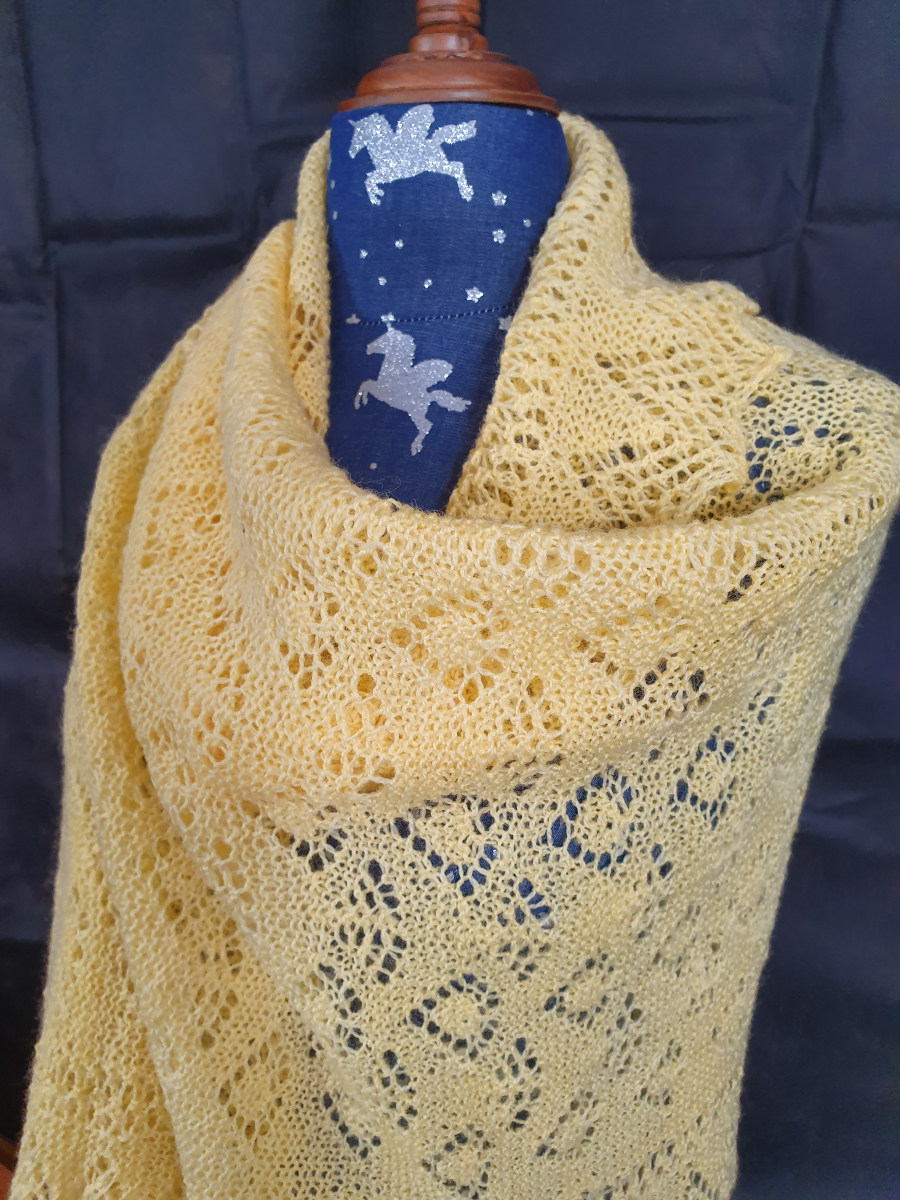Properties of Wool
Quick Links
- Archived - Ask a Knitting Question
- Basic Knitting Stitches
- Beginner Knitting Patterns
- Knitting Abbreviations
- Needle Sizes Chart
- Tension Squares
- Yarn Comparison Chart
FYI: This site receives a small amount in commissions from affiliate links and third-party advertising.
Why would you choose wool over a synthetic yarn for your knitting?
The properties of wool make it an ideal fibre for knitted garments for the whole family. Just take a look at this list of the properties to help you make your decision!
© Yuriy Afonkin | Dreamstime.com - Choose the Properties of Wool
Wool is...
Durable
Wool is a hard wearing fibre that, providing it is given adequate care, retains it's good appearance indefinitely.
Wool's natural elasticity means that the fibres will stretch under pressure rather than break, and as the fibres 'spring back' when the pressure is released, woollen garments tend to retain their shape.
Comfortable
Spun and knitted well, woollen garments are light and the elasticity of the fibre ensure the garment can yield to any body movements.
As a fabric, wool draws moisture from the body and absorbs it inside the wool fibres. Heat is generated as the moisture is absorbed so that the garment stays warm without feeling wet or clammy.
Wool also manages to absorb odours and allows your skin to breathe.
Dirt Resistant
Wool fibres have an outer layer of scales that reduce the ability of dirt and dust to penetrate the fibre. Any stains on your garments tend to sit on top of the fibres, rather than being embedded within them, making wool much easier to clean than other fibres.
You usually do not need to scrub to remove dirt and stain (and this is not a good idea anyway unless you want to damage your garment!), a good soak in warm soapy water is all that you need to do to clean your woollen items.
Static Redistant
Wool absorbs moisture from the air around it and because of this the potential to accumulate static electricity is greatly reduced in comparison to other fibres and fabrics.
Fire Resistant
One of the properties of wool is that it will not easily burn. When subjected to flames it will smoulder instead. Unlike synthetic fibres wool does not melt so it will not stick to your skin and cause burns.
Because of its fire resistant properties wool is used to make uniforms for firemen. If you want to protect your family in the event of a fire at night, use wool blankets on your beds! They are not only lighter and warmer than synthetic blankets, but they offer a greater degree of protection in a fire.
Water Repellant
Even though wool absorbs moisture, the scales on the outer layer of each fibre repels liquids. It takes a long time before wool become wet and even when it does, the properties of the wool cause it to heat the liquid. If you are going to be caught in the rain - wear wool!
An Effective Insulator
In cold temperatures, moisture on your body quickly cools down causing your body temperature to drop. Because wool absorbs moisture, it effectively draws moisture away from your body and then heats it within the fibres. The crimp in the wool fibres also means that there are tiny little gaps between the fibres which are filled with bubbles of air, which heat up as the moisture in the centre of the fibre heats up, making wool a perfect insulator.
By wearing wool, you can prevent the loss of body heat and provide yourself with a self-sustaining heater for your body!
In warmer temperatures the wool can assist your bodies cooling system (sweating) to work more effectively by drawing the moisture away from your skin, and the air pockets in the wool block the external heat from reaching your body.
Consider the Properties of Wool and Choose Wool...
I hope you have found the information on the properties of wool useful. Humans have been using wool since pre-historic times and our scientists have yet to find or create a synthetic or man-made fabric that can match it!
Wool is here to stay...
Couldn't Find What You Were Looking for?
Try searching the site using the search box below:


Recent Articles
-
Shetland Knitting and Shetland Knitters
Feb 07, 21 07:44 AM
Shetland knitting and the women in the Shetland Isle who create Shetland lace are among the best knitters in the world. -
Fixing Knitting Mistakes
Jan 28, 21 02:35 AM
When you are learning how to knit, you are going to make a few mistakes. It might not make you happy but fixing knitting mistakes is par for the course. -
Shetland Lace Knitting
Dec 11, 19 07:03 PM
Shetland Lace Knitting is a particular style of knitting that developed in the Shetland Islands and was one of the main exports of the Island early in the last century.
 >
>






